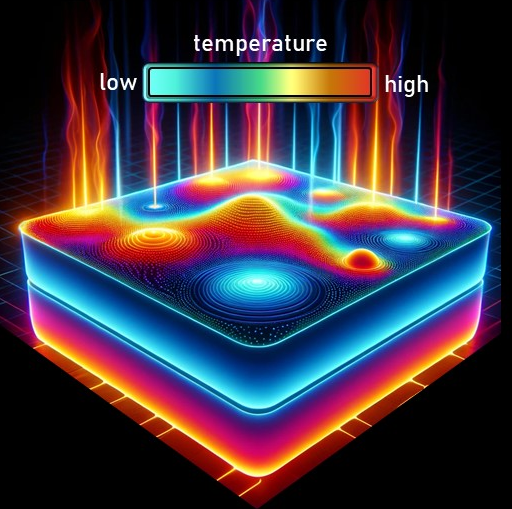Highly sensitive, multiparametric thermal history phosphor based on an Eu(BTC) architecture
Title: Highly sensitive, multiparametric thermal history phosphor based on an Eu(BTC) architecture
Authors: M. Szymczak, A. Mauri, S. Galli, L. Marciniak, M. Fandzloch
Journal: Advanced Functional Materials

Information on the maximum temperature to which the analyzed object was exposed holds crucial importance in many industry sectors. One method of "recording" such information is through luminescent thermal history markers, for which a change in temperature permanently modifies the spectroscopic properties of the material, allowing for the readout of information by analyzing its luminescent response. To ensure high thermal and spatial resolution of imaging, it is necessary to develop materials exhibiting high sensitivity to temperature changes.
In response to these requirements, Maja Szymczak, Dr. Marzena Fandzloch, and Prof. Łukasz Marciniak, along with their colleagues from Italy, have developed a luminescent thermal history marker based on a coordination polymer. In the proposed material, an increase in temperature through the dehydration process modified the point symmetry of Eu3+ ions, generating significant changes in luminescence spectra and luminescence kinetics. The proposed ratiometric mode of reading information about the thermal history of the material not only enabled point reading but also provided the possibility of simple and inexpensive 2D imaging using a conventional camera. The results published in the journal Advanced Functional Materials confirm the high application potential of the proposed solution.


